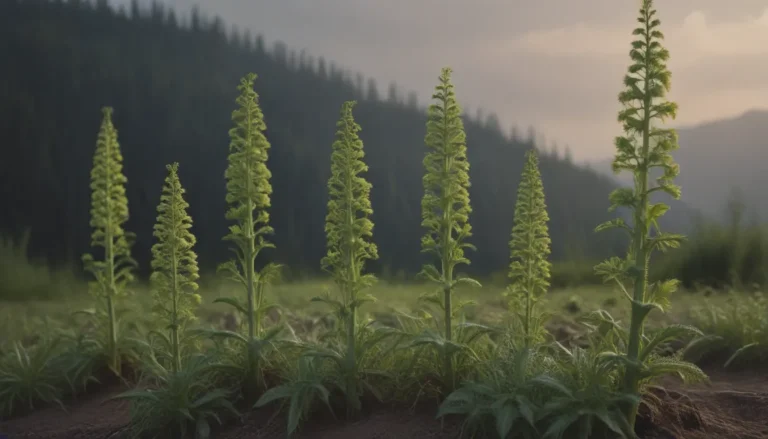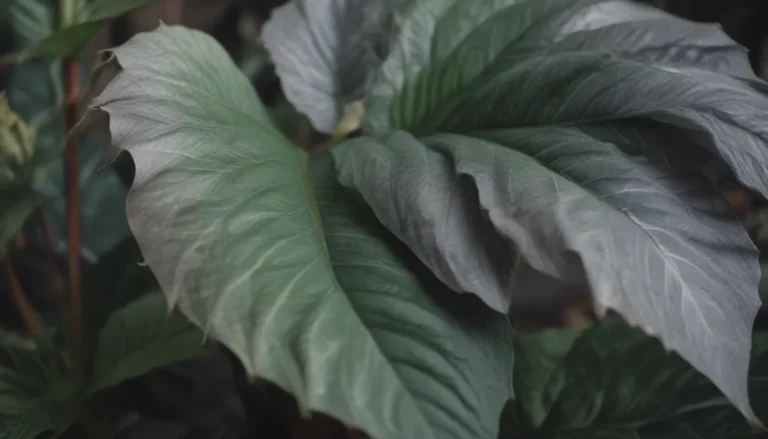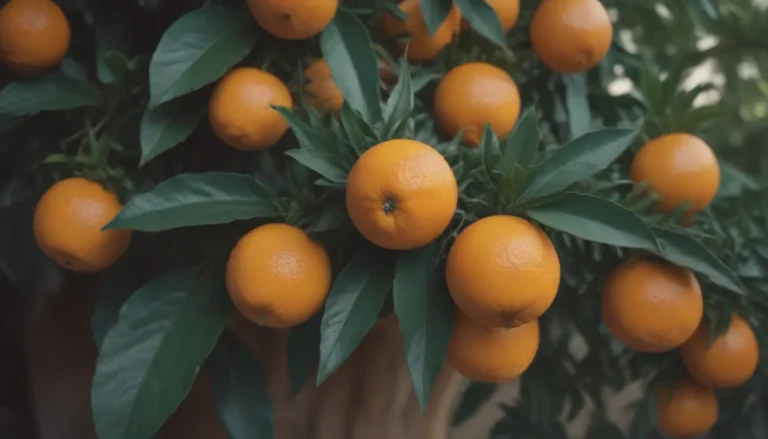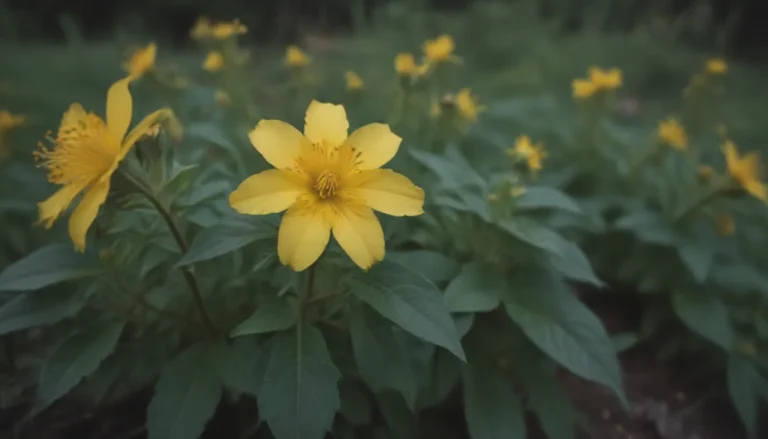Understanding Yellow Grass: Common Causes and Solutions

Have you ever looked out at your lawn and noticed that your once lush green grass is now a sad shade of yellow? If you find yourself asking, “Why is my grass turning yellow?” you’re not alone. There are several reasons why your grass may be losing its vibrant color, and understanding these causes can help you restore your lawn to its former glory.
Whether you have Kentucky bluegrass, fescue, perennial rye, or rough bluegrass, yellowing grass is a common issue that many homeowners face. In this comprehensive guide, we’ll explore eight reasons why your grass may be turning yellow and provide helpful tips to fix the problem.
1. Dead or Dying Grass
Sometimes, grass turns yellow simply because it’s dead or dying. This can be due to factors such as rising temperatures, which may be beyond your control. If your grass is beyond saving, it’s important to remove the dead patches and consider reseeding or sodding to restore your lawn’s health and appearance.
2. Dormancy
Dormancy is a natural process for some species of turf grass, where the grass will turn yellow during certain temperature thresholds. While this may seem concerning, it’s not a problem but rather a characteristic of the grass species you have. Understanding when your grass typically goes dormant can help you differentiate between natural dormancy and other issues.
3. Overwatering or Underwatering
Both overwatering and underwatering can cause grass to turn yellow. To prevent this, it’s important to monitor soil moisture levels by occasionally checking the soil’s dampness. Adjust your watering accordingly to ensure that your lawn receives the right amount of moisture to thrive.
- To check soil moisture levels, dig a small hole in your lawn and feel the soil. If it’s damp and cool, it’s well moisturized. If it’s dry and crumbly, it’s time to water.
- Avoid overwatering by ensuring that your lawn receives adequate but not excessive moisture.
4. Pets
If you have pets, particularly dogs, their urine can cause yellow spots on your lawn. The ammonia in urine can burn the grass, leading to discoloration. To prevent this, dilute the urine with water immediately after your pet urinates on the lawn. Consider training your pet to use a designated area for urination to protect your grass.
5. Over or Under Fertilization
Incorrect fertilization practices can also cause grass to turn yellow. While under-fertilization may be an issue, over-fertilization is more common and can harm your lawn. Follow the recommended fertilization guidelines for your grass species to ensure optimal growth and avoid yellowing.
- Consult a lawn expert for advice on fertilizing frequency, type of fertilizer, and specific needs of your grass species.
- Avoid over-fertilizing, as this can lead to nutrient imbalances and yellowing.
6. Incorrect Mowing Practices
Improper mowing practices can stress your grass and cause it to turn yellow. It’s essential to mow your lawn at the right frequency and height to maintain its health and appearance.
- Sharpen your mower blades regularly to prevent damage to the grass.
- Avoid mowing wet grass, as this can lead to clumping and uneven distribution of grass clippings.
- Mow your lawn every two weeks, weather permitting, and adjust the cutting height based on the season.
7. Compaction
Compacted soil can prevent water and air from reaching the grass roots, leading to yellowing. Aerating your lawn can alleviate compaction and improve the overall health of your grass.
- Use spiked shoes or lawn aerating tools to aerate compacted soil.
- Regular aeration can promote healthy root growth and prevent yellowing grass.
8. Competition
Weeds and invasive grasses can outcompete your desired turf grass, leading to yellow patches in your lawn. Identifying and addressing these competing species can help restore your lawn’s health and color.
- Apply broadleaf herbicides to control weeds and invasive grasses.
- Consider overseeding with your desired grass species to outcompete unwanted plants.
In conclusion, yellowing grass is a symptom of underlying issues that can be addressed with proper care and maintenance. By understanding the reasons why your grass may be turning yellow and implementing the appropriate solutions, you can restore your lawn to its lush green state. Remember to consult with lawn experts for personalized advice and guidance on caring for your specific grass species. With the right approach, you can enjoy a healthy and vibrant lawn all year round.





